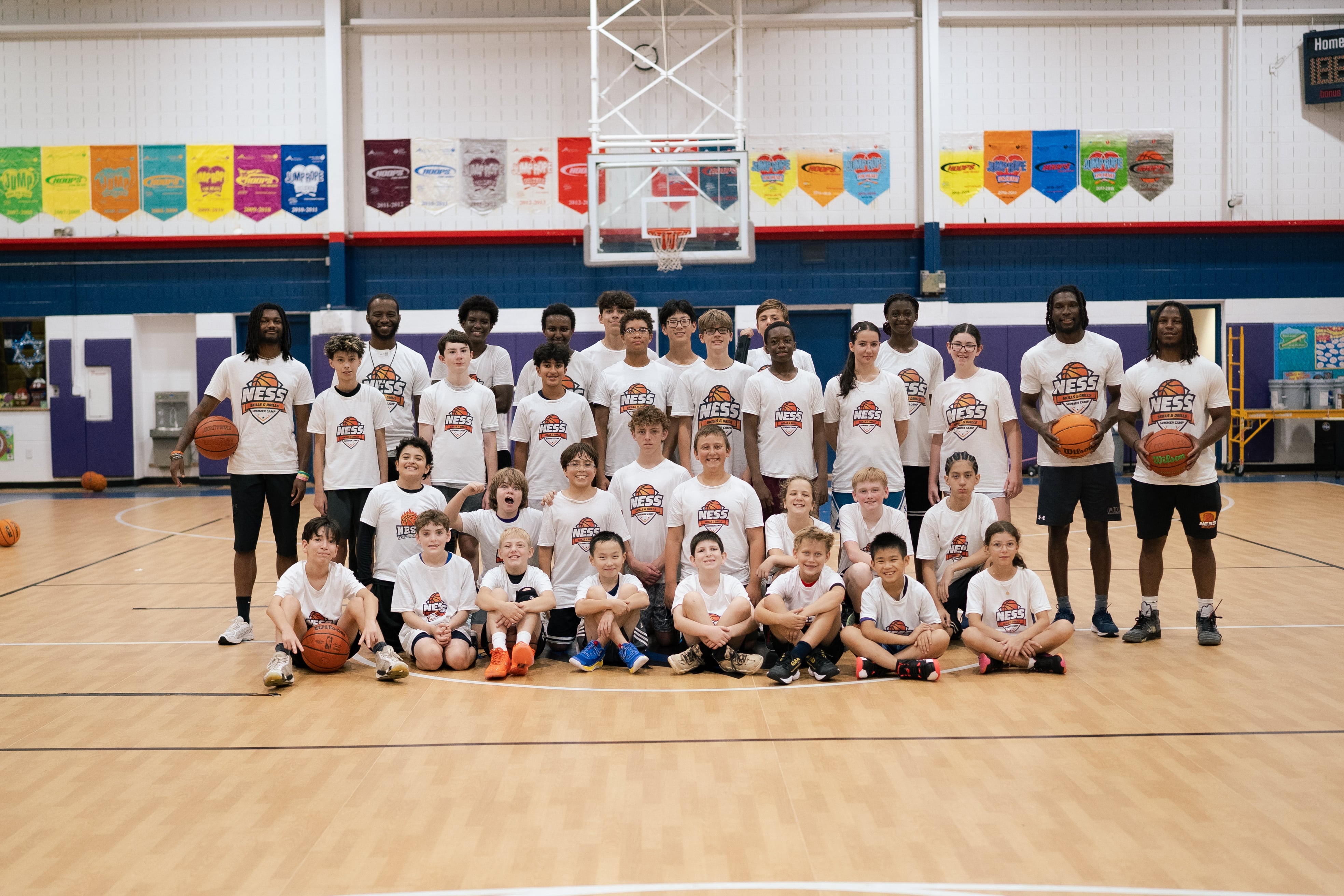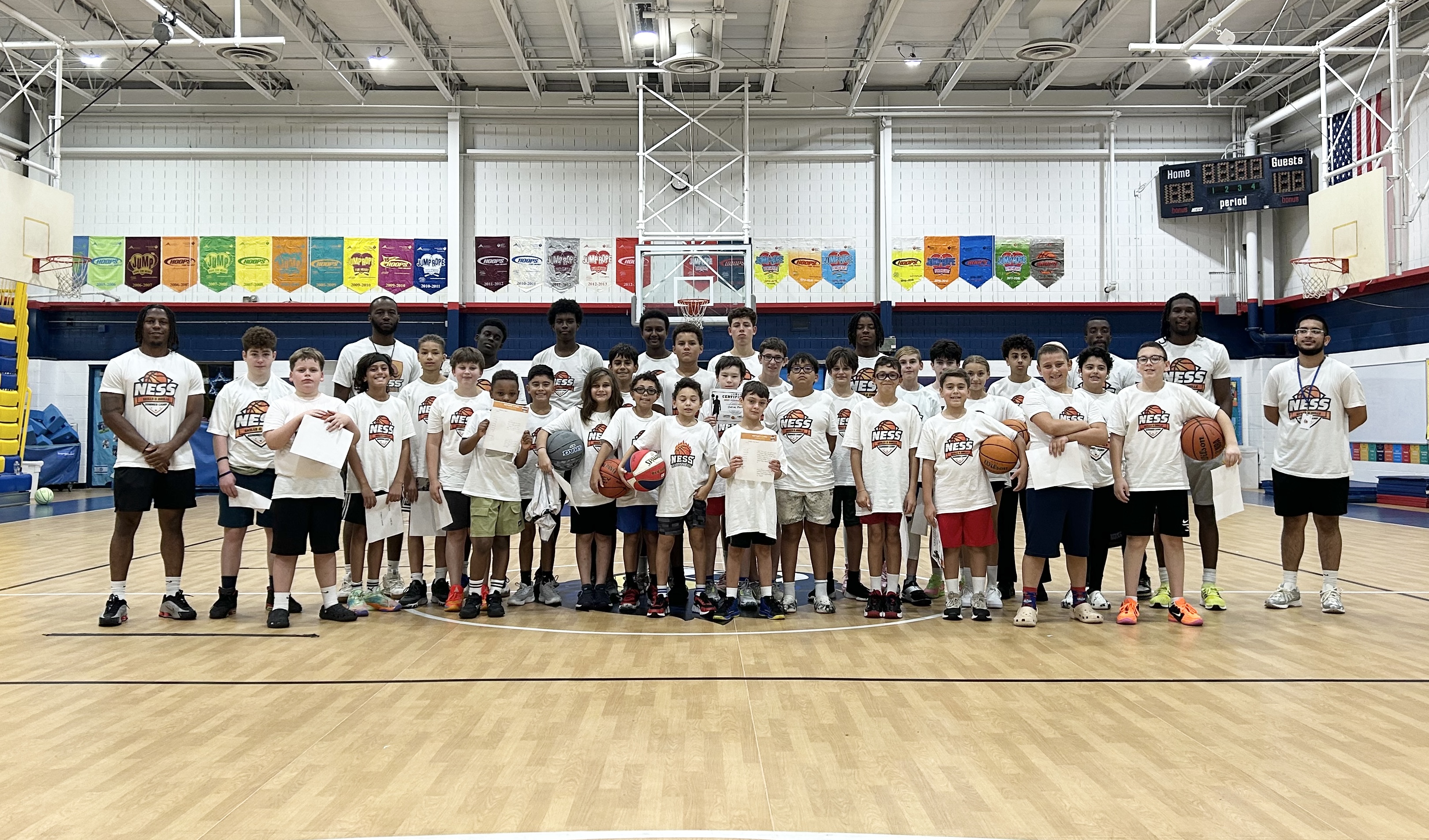The Importance of Good Body Language in Basketball

Have you ever noticed how a players' body language can tell a story beyond words? That's what we're diving into in this article: the importance of body language in basketball. We'll talk about how the way players stand, move and react can make a big difference in how well they play individually and as a team. Positive body language can boost confidence and performance, while negative cues can hold players back. Let's explore how body language shapes the game we love and why it matters at every level of play.
Body Language as a Form of Communication
Body language is like talking without using words – it's all about how we move, stand, and assert ourselves. For example, if someone crosses their arms, it might mean they're feeling defensive. On the other hand, making eye contact and nodding can show that you're interested and agree with what's being said. But body language isn't just about expressing ourselves – it also affects how others see and respond to us. So, whether we're chatting with friends, at work, or playing sports, paying attention to our body language can help us communicate better and connect with others more effectively.
Body Language on the Court
Understanding body language in basketball means recognizing how players communicate without words on the court. This includes gestures, facial expressions, how players stand, and their overall attitude. It's like a silent language that players use to show what they are thinking and convey messages to teammates, opponents, and coaches. Whether it's displaying confidence during a play or signaling readiness for a pass, body language plays a big role in how teams communicate and work together. During games, timeouts, and huddles, showing messages through body language helps teammates know what is happening. Good body language during timeouts helps teams come together, refocus, and plan their next move. Plus, understanding what the other team is saying with their body language can give you an advantage. If you notice signs like tiredness or frustration, you can adjust your strategy to take advantage and come out on top.
Coaches also pay attention to body language to see if players are ready, how they feel, and if they're focused. This helps them make changes at the right time and give the team the help they need. Basically, body language is a quiet but powerful way to talk and plan in basketball, shaping how the game goes and who comes out ahead.
The Influence of Body Language on Performance
In basketball, how players carry themselves on the court matters. When players show signs of confidence, like standing tall and looking determined, it increases their own belief in their skills and helps them focus better. On the flip side, if a player looks defeated or unsure, it can hold them back and affect their decision-making and shooting accuracy during the game. It also gives opponents the upper hand, as they can play into doubt and use it as part of their winning strategy – just as you can.
Think of body language as a window into a player's mindset. Confidence, which is vital in basketball, is reflected in how players carry themselves. It's more than just appearing confident—it's about maintaining focus and bouncing back from challenges with determination. When players do this, they not only improve their performance but also lift their whole team, showing how significant body language can be in shaping the game. This is applicable to tryouts, practices, games, as well as off court activities.
Impact on Team Dynamics
Equally important, is how body language helps players interact with each other. When teammates show positive body language – like giving high-fives, showing support, and listening attentively – it builds trust and teamwork. This positive atmosphere helps players feel more connected and motivated to work together, which leads to better communication and coordination on the court. Team captains and leaders have a big role in this. They set the example for the rest of the team by showing self-assurance, resilience, and respect. When captains display positive body language and encourage their teammates to do the same, it creates a culture where everyone feels valued and motivated to give their best. This way, captains and leaders shape the team's spirit and make sure everyone feels empowered to play their part.
Improving Your Body Language
Improving body language in basketball means showing tenacity and positivity on the court. Here are some practical tips and techniques to communicate this with your body:
- Stand tall and confident: Keep your shoulders back, head held high, and maintain an upright posture. This not only projects confidence but also helps you stay alert and ready for action.
- Make eye contact: Establishing eye contact with teammates, coaches, and opponents shows engagement and communication readiness. It also fosters trust and rapport among teammates.
- Use open gestures: Avoid crossing your arms or hunching over, as these closed-off gestures can signal defensiveness or lack of confidence. Instead, use open gestures like open palms and relaxed arms to convey approachability and openness.
- Stay composed under pressure: Practice staying calm and composed during high-pressure situations. Take deep breaths, focus on the present moment, and maintain a positive attitude to project confidence and resilience.
Self-awareness and mindfulness are key in controlling body language, especially under pressure. By being aware of your own body language cues and how they may be perceived by others, you can make conscious adjustments to convey the desired message effectively.
Mindfulness techniques like visualization, meditation, and deep breathing can help you stay grounded and maintain control over your body language in challenging situations.
To develop body language and overall performance, here are some drills and exercises to try:
- Mirror exercises: Stand in front of a mirror and observe your body language as you perform various basketball movements such as dribbling, shooting, and defending. Make adjustments to your posture, facial expressions, and gestures to project confidence and assertiveness.
- Role-playing scenarios: Practice simulated game scenarios with teammates or coaches where you focus on using positive body language to communicate effectively. This could include scenarios like calling for a pass, providing encouragement to teammates, or defending against an opponent.
- Video analysis: Record yourself during practice sessions or games and review the footage to analyze your body language. Look for areas where you can correct yourself, like maintaining eye contact, displaying confidence, or staying composed under pressure.
Takeaways
In wrapping up, body language is vital in basketball. It affects how well players perform individually and as a team. By paying attention to and improving their body language, players can communicate better, trust each other more, and play their best. So, next time you're on the court, remember how powerful your body language can be – it could make all the difference in winning the game.
Let Me Help You!
Ness Basketball is a prime way to get started in growing as a basketball player. My program is aimed at not only targeting skill development, but boosting confidence and teaching young athletes how to refine techniques like using body language. Sign your child up for group training, private training, or team training to help them develop in their basketball journey! Our summer camp is another great way to get plugged in – find all the details here.
Sign up today for a free practice session
If your child is ready to improve their game, let's get to work.
Sign up


